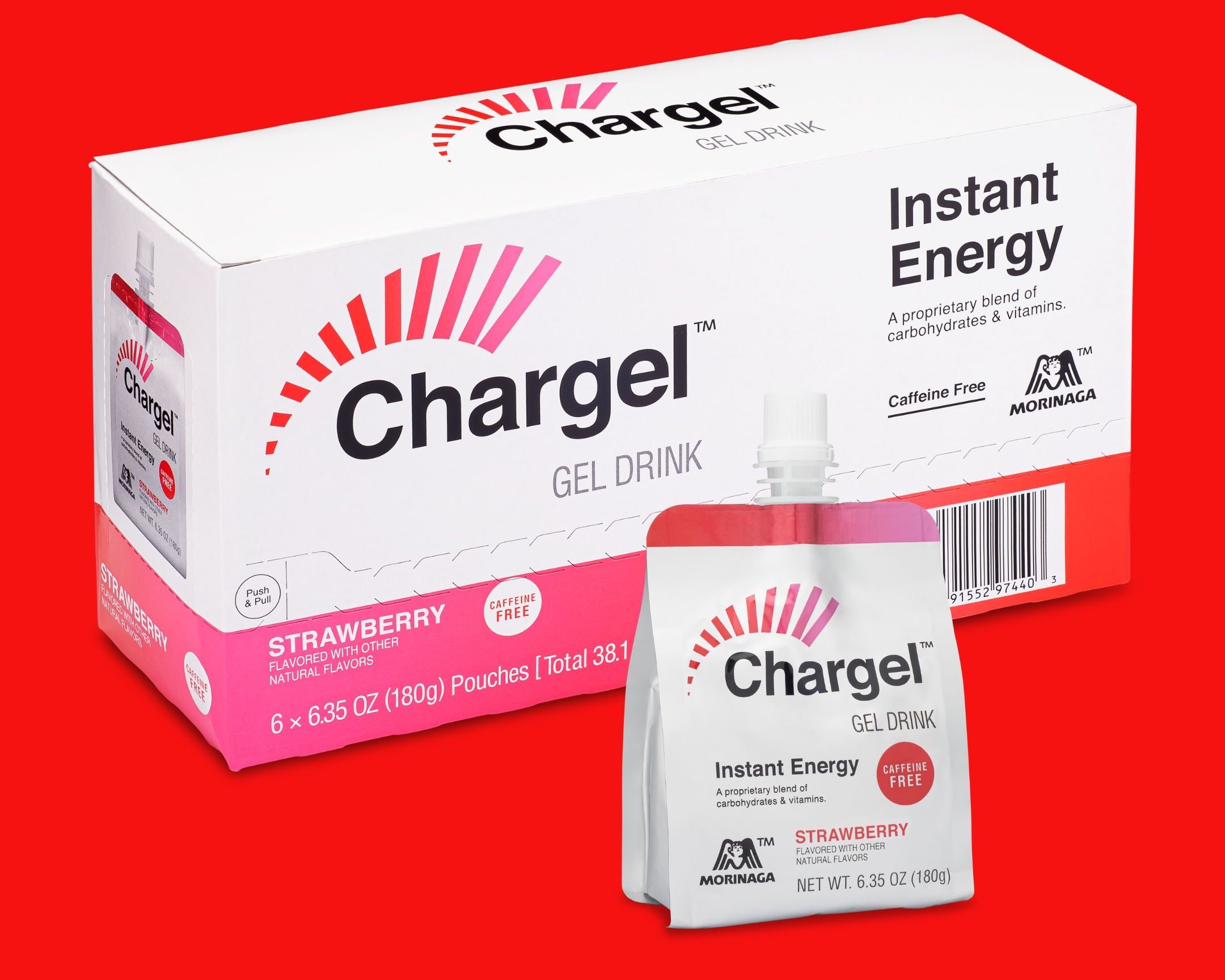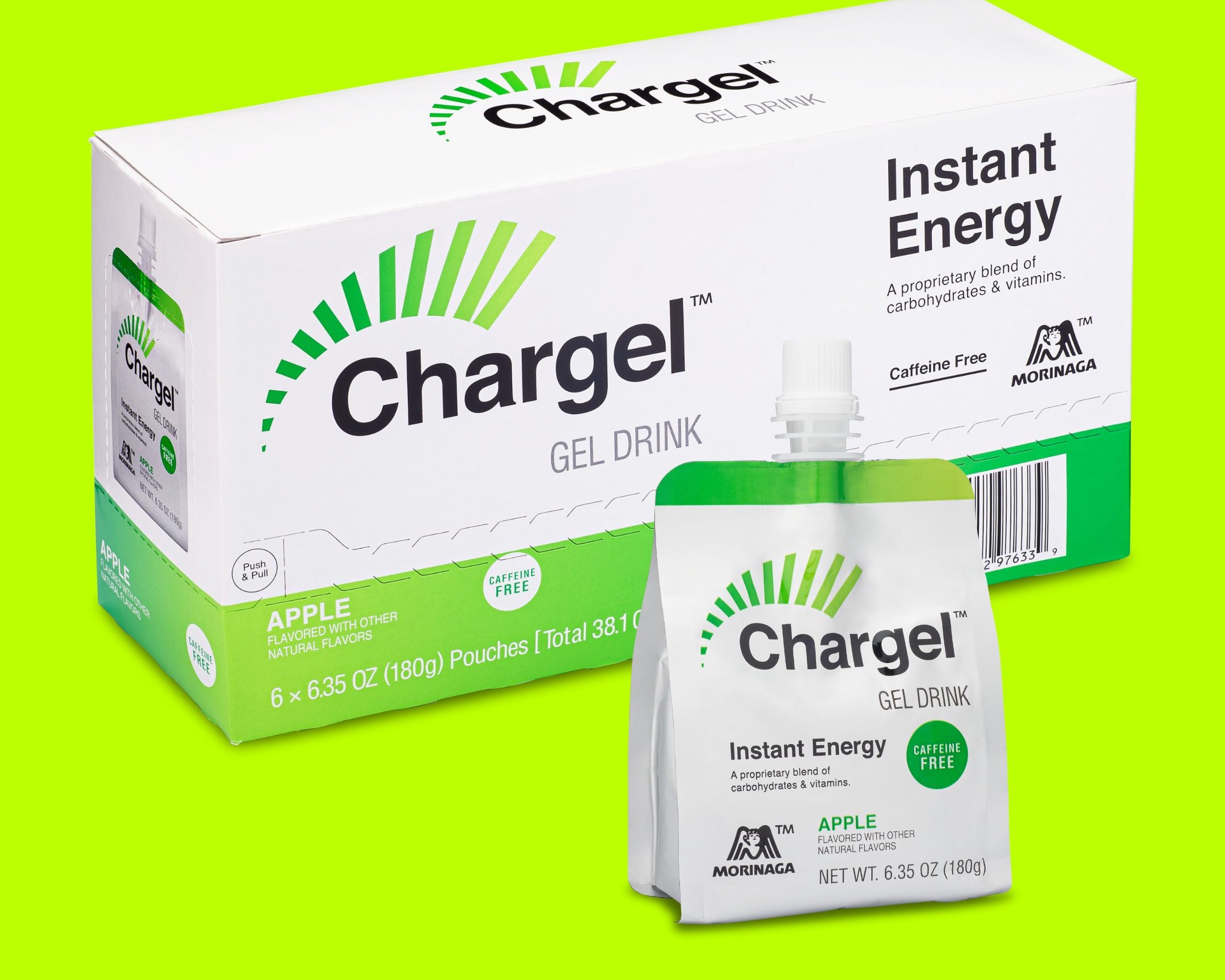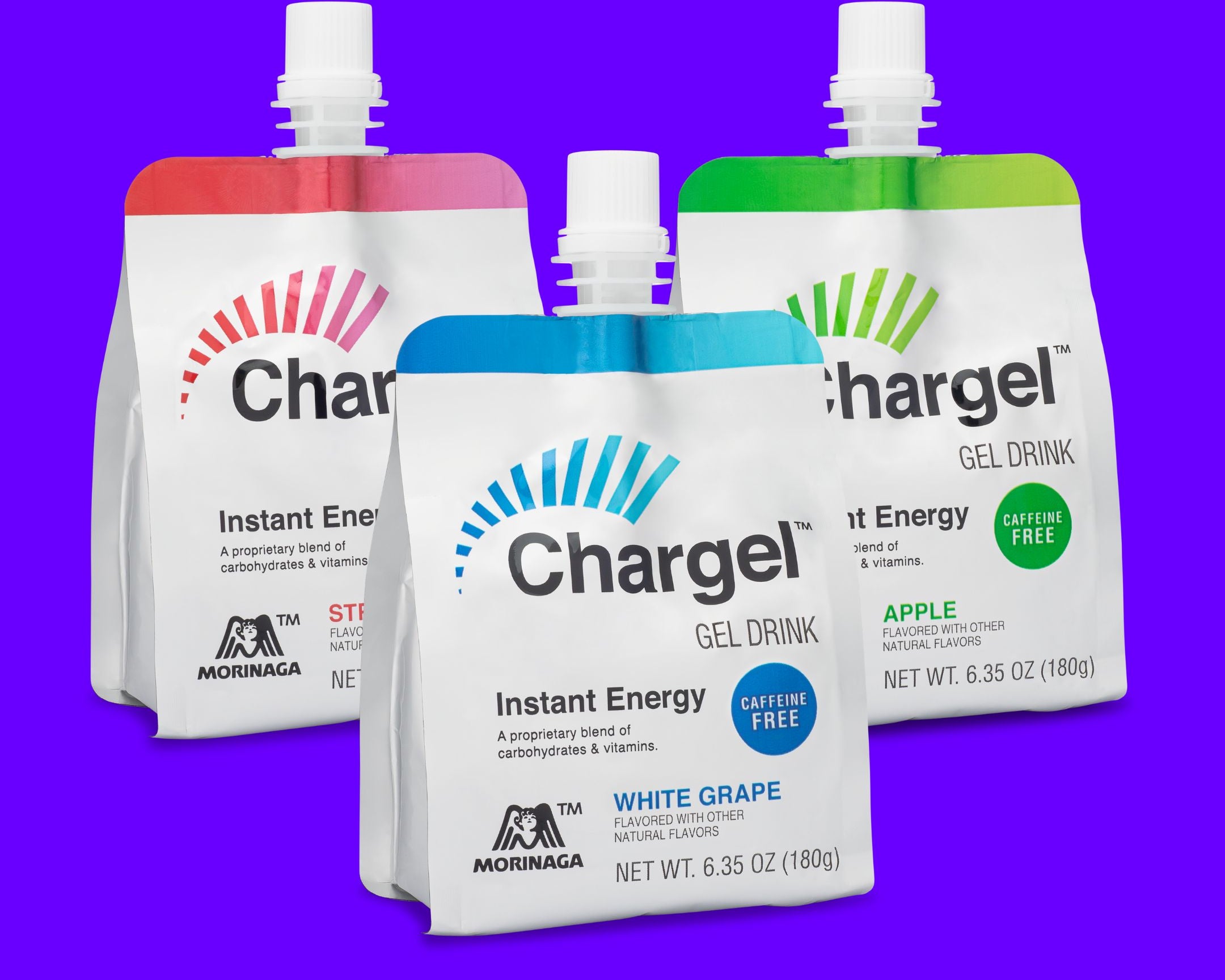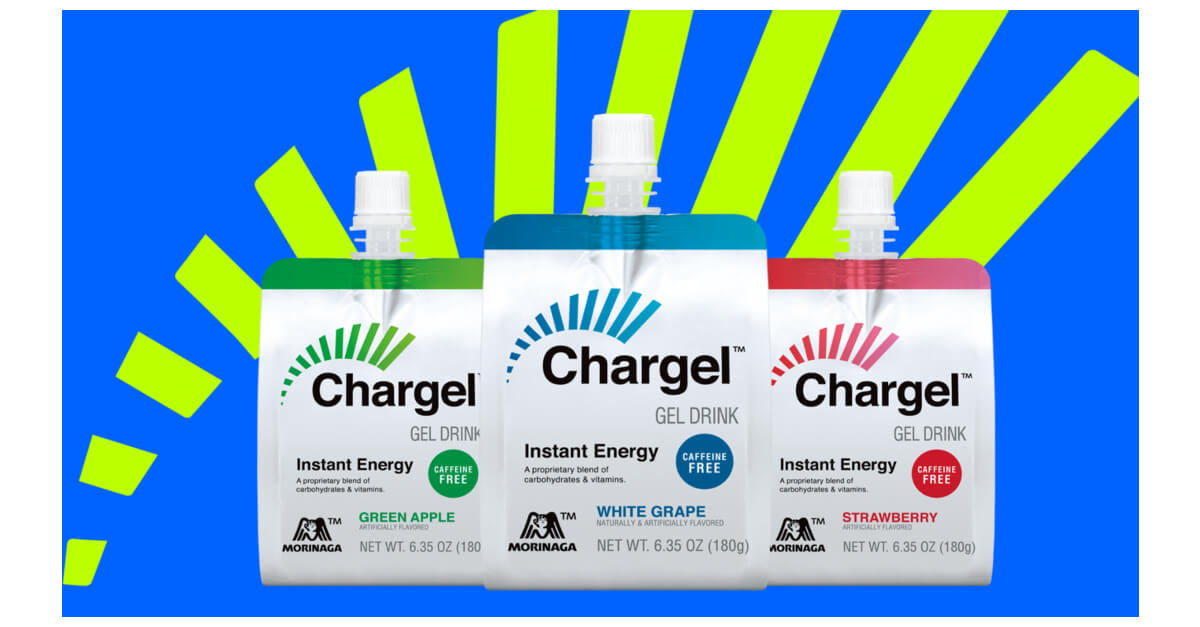Embarking on a two-foot adventure is an exhilarating way to connect with nature, test your endurance, and experience awesome landscapes. And ‘tis the season for a good hike in the great outdoors. Temperatures are more pleasant and in many places the bugs aren’t nearly the menace they once were.
However, it’s important to remember that the success of your journey hinges not only on your physical preparation and your hiking boots but also on your nutrition. Whether you’re conquering challenging trails or exploring scenic landscapes, the food you eat before, during, and after a hike plays a vital role in your performance and recovery. When you’re burning extra calories on the trail and trekking for several hours, staying adequately fueled can prevent injury and burnout. But it’s easy to forget to fuel properly when you’re gunning for that summit view.
In this guide, we will delve into the world of hiking nutrition, covering everything from what to eat before a hike to what snacks to pack for sustained energy on the trail. So, slide into your hiking boots, and let’s hit the trail well-fed.
1. Prepare for the Effort
Your nutrition strategy should commence even before you step onto the trail. The food you consume in the hours leading up to your hike plays a crucial role in preparing your body for the physical challenge ahead. Some nutrition 60 to 90 minutes before a hike can help control hunger pangs, prevent low blood sugar, and top off your fuel tank. For a pre-hike snack aim to consume 150 to 250 calories with 25 to 50 grams of carbs to help you feel energized during your long walk. According to the International Society of Sports Nutrition, a pre-workout snack containing carbohydrates with a bit of protein may improve muscle strength, reduce muscle damage and improve performance. Snack ideas include 3/4 cup low-fat yogurt topped with 1/3 cup granola, quick-cook oats with chopped fruit and 1/2 scoop protein powder, or half a toasted English muffin topped with a generous smear of low-fat cream cheese.
About 10 minutes before lacing up your boots is your last chance to pump some extra fuel into the tank. At this time you want to consume mainly simple carbs such as sugars. Yes, sugar. That’s because you want something that is going to hit your system fast so it’s a near immediate source of energy. The quick-working carbs in a Chargel are a great option for giving you a last-minute blast of energy.
2. Pack Enough Calories
When planning nutrition for a day hiking on the trails, you must understand that the energy (calorie) expenditure during a tramp is significantly higher than that experienced during a regular day. Hiking can involve carrying a backpack, ascending and descending rough trails, and sometimes even combating angry weather conditions. Each of these aspects contributes to an elevated caloric burn. So to prevent a large energy deficit that can impact performance and enjoyment, the food you pack should help make up for the calories you are shedding, which can range from 300 to 600 calories for each hour of hiking. Packing nothing but a bit of gorp for a 5-hour sojourn in the woods isn’t going to cut it. Remember, the length (distance and time) and intensity of your hike will greatly affect your nutritional needs. Lengthy, more strenuous hikes will require more calories.

3. Stay Consistent
If you are moving your feet for most of the day, you should have a consistent, steady stream of fuel to keep your energy levels up. Rather than packing a larger meal, it’s better to eat smaller amounts more frequently, aiming for 200-300 calories per hour of hiking. Research shows that consistent fueling with carbs throughout about of exercise is better for performance than getting larger boluses of carbs less frequently. One reason why is that the early and frequent approach to fueling results in less muscle glycogen depletion during the earlier periods of exercise which gives you more access to this precious energy source. It’s much more of a challenge to replenish glycogen stores after they’ve been depleted than it is to keep them topped off. So take advantage of any stunning viewpoints or tranquil settings you may hike upon to grab some fuel. And have your snacks easily accessible, you don’t want to be digging around your pack for food as this hassle can result in under fueling.
4. Use a Mix of Fuel
Ensure your trail snacks provide a balance of carbohydrates, proteins, and fats. Carbohydrates, from sources like dried fruit, energy bars, bread, and Chargel packets, can be utilized by your working muscles as a source of energy for muscular contraction. Protein, like jerky, tinned fish, or nuts is important for limiting muscular damage. Fats from sources such as nut butters and seeds deliver valuable calories and make your fuel more enjoyable to eat which encourages better fueling. When you’re hungry, eat.
Since you’re carrying your food, you’ll want to choose some energy-dense options to minimize weight and help you efficiently get in more calories. So consider foods like trail mix, nut butter, energy balls, and cheese as winning options on the trail for long-lasting fuel. The energy balls outlined below are great energy-dense fuel for the trail. A fistful of gummy bears may help keep you moving along, but they are certainly not the only fuel you should bring with you on a spirited hike.

5. Stay Hydrated
As with fuel, maintaining good hydration is also key to hiking performance. But something that many hikers take too lightly, especially when temps are less toasty. Dehydration can severely impact your energy levels and physical performance, so it’s essential to start your hike well-hydrated and try to maintain fluid levels throughout.
While hydration needs vary depending on factors such as hiking length and intensity, ambient temperature, and body size, we can make some general drinking suggestions. To begin exercise well-hydrated consume 4 to 8 ounces of fluid 15 to 30 minutes before going on a hike and then aim to guzzle down 4 to 6 ounces of fluid (water or sports drink) every 15 minutes of activity, especially if sweat rates are high and hiking duration is longer than 60 minutes. For hiking, consider using a hydration bladder for easy access to fluid while on the go.
If you’re hiking for more than an hour, it’s also a good idea to replenish some of the sodium you are shedding in your sweat. This can be achieved through an electrolyte drink or the consumption of foods like salty nuts or pretzels.
6. Don’t Overlook Post-Hike Nutrition
Fueling your body doesn’t come to a halt when you reach the trail terminus. The post-hike period is crucial for restoring energy reserves, facilitating muscle recovery, and preparing your body for your next outdoor adventure. Some nutrition should be consumed soon after a hike ends, and consist of a mix of carbohydrates and protein. Carbohydrates help replenish your body’s depleted glycogen stores, a crucial energy source. Meanwhile, protein is essential for repairing damaged muscle tissue and promoting muscle growth. Remember that the nature of hiking on rough terrain will initiate a certain degree of muscle damage that can be healed by consuming adequate amounts of post-hike protein. Examples of fuel for this time could be a bowl of cottage cheese topped with granola and berries, a bread wrap stuffed with deli meat, and hard-boiled eggs smashed on rice cakes. When you are aiming to get recovery carbs into your system quickly a gel-like product such as Chargel that provides a high dose of quick-digesting carbohydrates can be useful. Sometimes when you finish a hard hike with your fuel tank red-lined you just need a blast of fast carbs to make you feel human again.
Carrot Cake Balls
These portable bundles of energy will help keep you going strong on the trail. And they taste amazing.
- 1 medium carrot, shredded
- 1 cup raisins
- 3/4 cup walnuts
- 1/3 cup dried shredded coconut
- 1/4 cup ground flaxseed
- 1 teaspoon vanilla extract
- 1 teaspoon ginger powder
- 3/4 teaspoon ground allspice
- 1/8 teaspoon salt
Place all of the ingredients in a food processor container and blend until the mixture clumps together. Roll into 1-inch balls. You should get at least 12 balls.
 Author Profile: Matt Kadey
Author Profile: Matt Kadey
Matthew “Matt” Kadey is a registered dietitian based in Waterloo, Ontario, Canada who specializes in nutrition pieces and recipe development. Matt is a contributing health writer whose pieces and photography has appeared in a range of online and print publications such as Men’s Health, Women’s Health, Runner’s World, Clean Eating and more.
His work in food journalism earned him a James Beard Award in 2013. He’s published three cookbooks and his philosophy centers on consuming whole foods and getting plenty of exercise so you can eat more of them. You can learn more about Matt by going to www.matthewkadey.com or following along on Instagram and Facebook, @rocketfuelfood, @bt700bikepacking, Facebook.com/rocketfuelfoods and Facebook.com/BT700.









